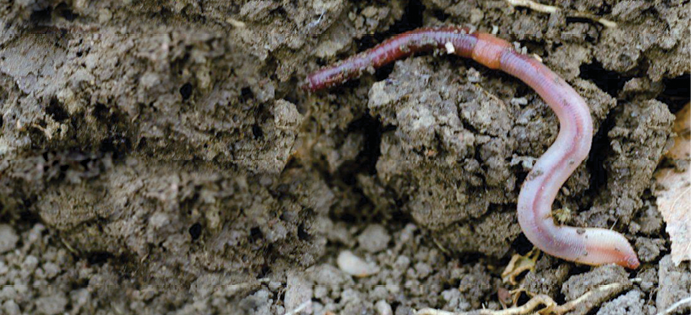No-Till Farmer
Get full access NOW to the most comprehensive, powerful and easy-to-use online resource for no-tillage practices. Just one good idea will pay for your subscription hundreds of times over.

Soil is a no-tiller’s main business. And as in any business, there is a hierarchy of employees that must work together to get the job done.
This work, often performed out of sight, can be easily taken for granted. But what goes on under the soil surface can help or hinder no-till yields, says Ray Weil, University of Maryland soil scientist.
“Total organic matter is the capital investment, and your cash flow — or currency — is active organic matter,” Weil told attendees at the 2011 National No-Till Conference. “Tiny soil animals are mid-level managers, or facilitators, that help put the money to work. And microorganisms are your labor source.”
If any of those employees stop showing up for work, he says, cash flow stops and producers start digging into their capital base of soil nutrients and organic matter. Nutrients are mined from the soil and long-term profitability is at risk, which is why it’s important to pay attention to what’s happening under the surface of fields.
“What’s going on underground not only affects your farm, but your surroundings — and even what’s going on hundreds of miles downstream.
“That’s why farmers have to be ecologists and manage these complex ecosystems, and keep them working together to both stay in business and protect the environment.”
Attention must be paid to the six-legged and no-legged livestock that make a no-till work — the soil organisms.
When properly taken care of, they break down residue, cycle and hold nutrients, improve the amount…